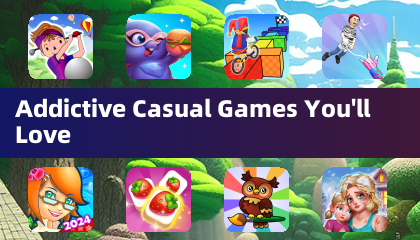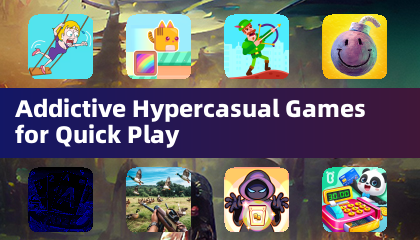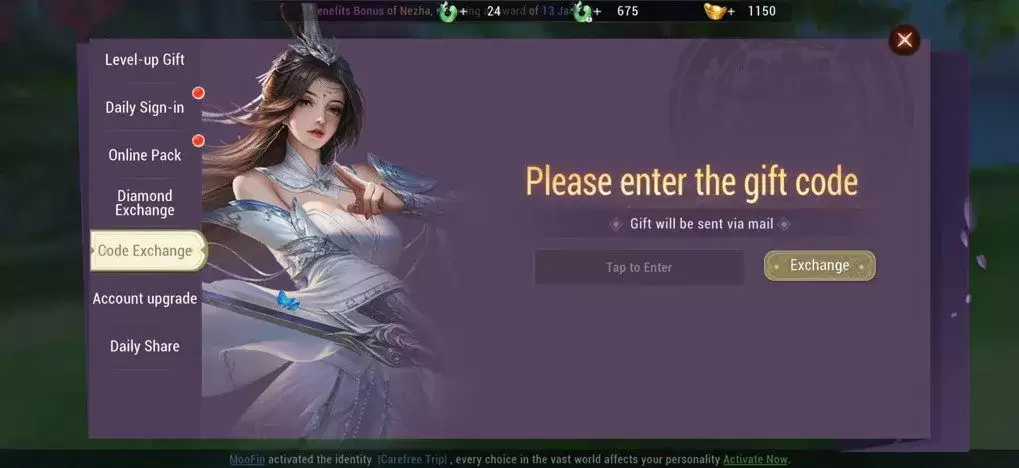Minecraft is a wildly popular game that you can enjoy on a variety of devices, including Chromebooks. These handy, user-friendly devices operate on Chrome OS, leading many to ask: Can you really play Minecraft on a Chromebook? The answer is a resounding yes!
In this comprehensive guide, we'll walk you through the entire installation process and share some valuable tips for optimizing your gameplay performance.
Table of Contents
- General Information About Minecraft on a Chromebook
- Enabling Developer Mode
- Installing Minecraft on Chromebook
- Running the Game
- How to Play Minecraft on a Chromebook with Low Specs
- Enhancing Performance on Chrome OS
General Information About Minecraft on a Chromebook
To ensure a smooth gaming experience, your Chromebook should meet these minimum specifications:
- System Architecture: 64-bit (x86_64, arm64-v8a)
- Processor: AMD A4-9120C, Intel Celeron N4000, Intel 3865U, Intel i3-7130U, Intel m3-8100Y, Mediatek Kompanio 500 (MT8183), Qualcomm SC7180 or better
- RAM: 4 GB
- Storage: At least 1 GB of free space
If your device still experiences lag, don't worry—we'll provide some troubleshooting tips at the end of this article. Now, let's dive into the installation process.
You have the option to install the Bedrock Edition directly from the Google Play Store, which is quite straightforward. Simply open the store, search for Minecraft, and visit its page. Note that it costs $20, but if you already own the Android version ($7), you'll only need to pay an additional $13. This method is perfect for those who prefer a hassle-free installation.
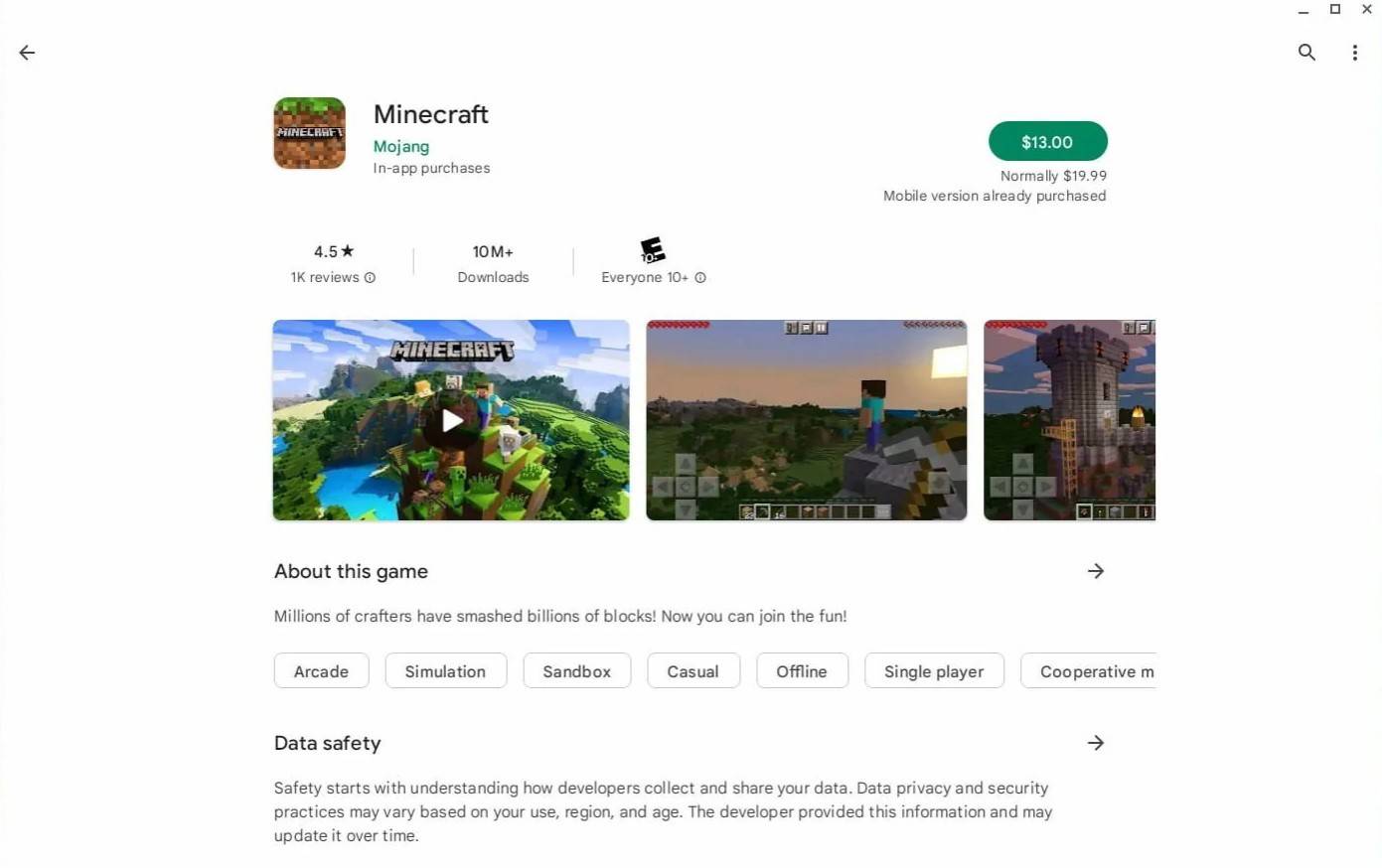 Image: aboutchromebooks.com
Image: aboutchromebooks.com
However, if the Bedrock Edition isn't your cup of tea, there's good news: Chrome OS is based on Linux, and Minecraft has been available for Linux for quite some time. This installation requires a bit more attention to detail due to the differences between Chrome OS and Windows, including some coding. We've prepared a detailed guide to help you play Minecraft on your Chromebook in just half an hour.
Enabling Developer Mode
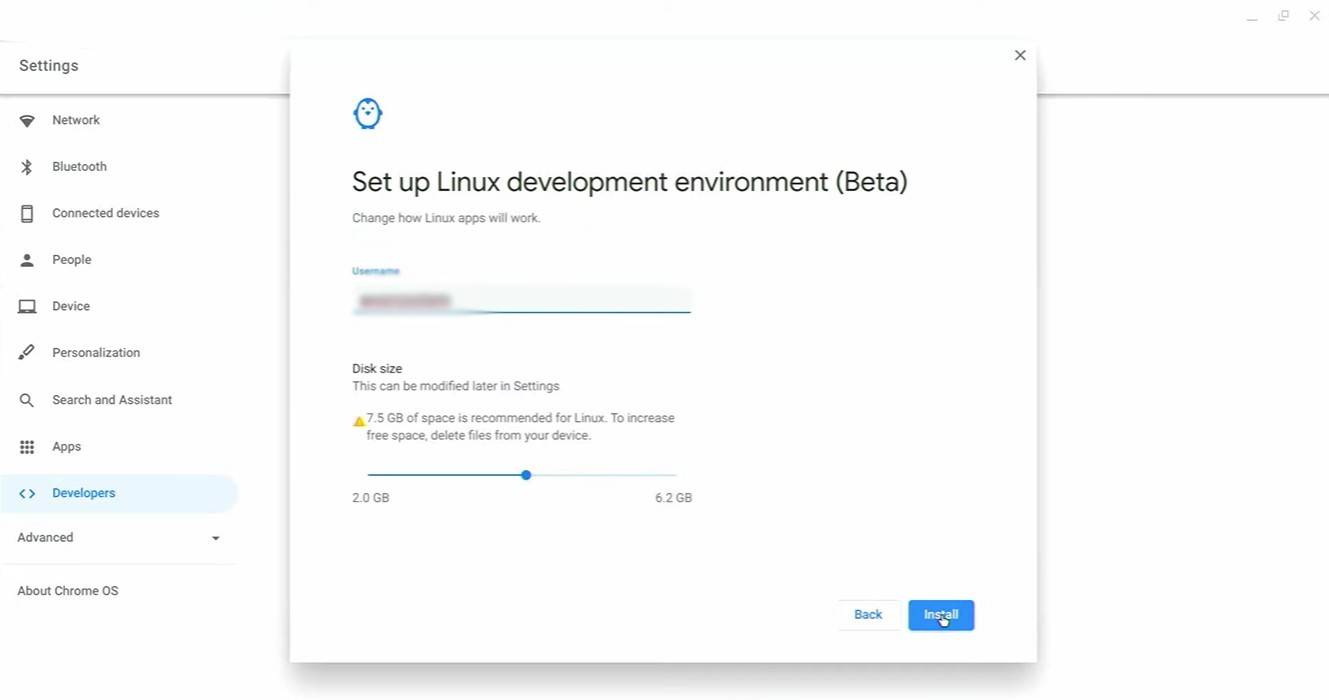 Image: youtube.com
Image: youtube.com
To get started, you'll need to enable Developer Mode on your Chromebook. Navigate to the settings menu via the equivalent of the "Start" menu, and find the "Developers" section. Enable the "Linux development environment" option. Follow the on-screen instructions, and once the process is complete, you'll see the Terminal open. This is similar to the command prompt in Windows and is where you'll execute further commands.
Installing Minecraft on Chromebook
 Image: youtube.com
Image: youtube.com







